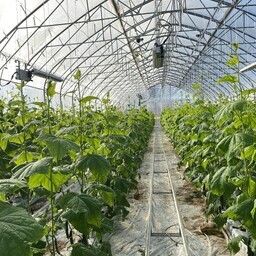Last year, 29% of the vegetables consumed in Estonia were produced domestically. A year earlier, it was 37%, and ten years ago, 60%. Raimond Strastin, CEO of the Horticultural Association, says that vegetable growers expected self-sufficiency to remain at two-thirds. Now, however, it is half that.
Strastin says that Estonia lacks stability and a secure business environment. Taxes have risen rapidly. Neighboring countries have not seen such significant changes. There, agriculture is supported more. For example, Latvia has a lower VAT rate for vegetables.
In Finland, cucumbers are cheaper thanks to state subsidies. Finland pays subsidies to horticultural producers per square meter. When Finnish cucumbers reach Estonia, they are cheaper than Estonian cucumbers. This makes them attractive to retailers.
In Estonia, the VAT rate for fruits and vegetables is 22%. In Latvia, it is 5%, and in Finland, 12%. Strastin says that neighboring countries have lower fuel excise taxes. The price of Estonian cucumbers is high because the pricing model of retail chains does not favor local products.
The price of vegetables has risen. The price of cucumbers has increased the most. Last April, a kilo of cucumbers cost 4.07 euros. This year, it is 7.31 euros. Kristo Eisenberg, CEO of Grüne Fee, says that the price increase comes from retail. They have raised the price of cucumbers by 10%.
Eisenberg says that energy security is important. Estonia's energy policy has been neglected. Now it needs to be fixed quickly. The self-sufficiency of vegetables in Estonia is decreasing drastically. The government should look at how to support agriculture.

